
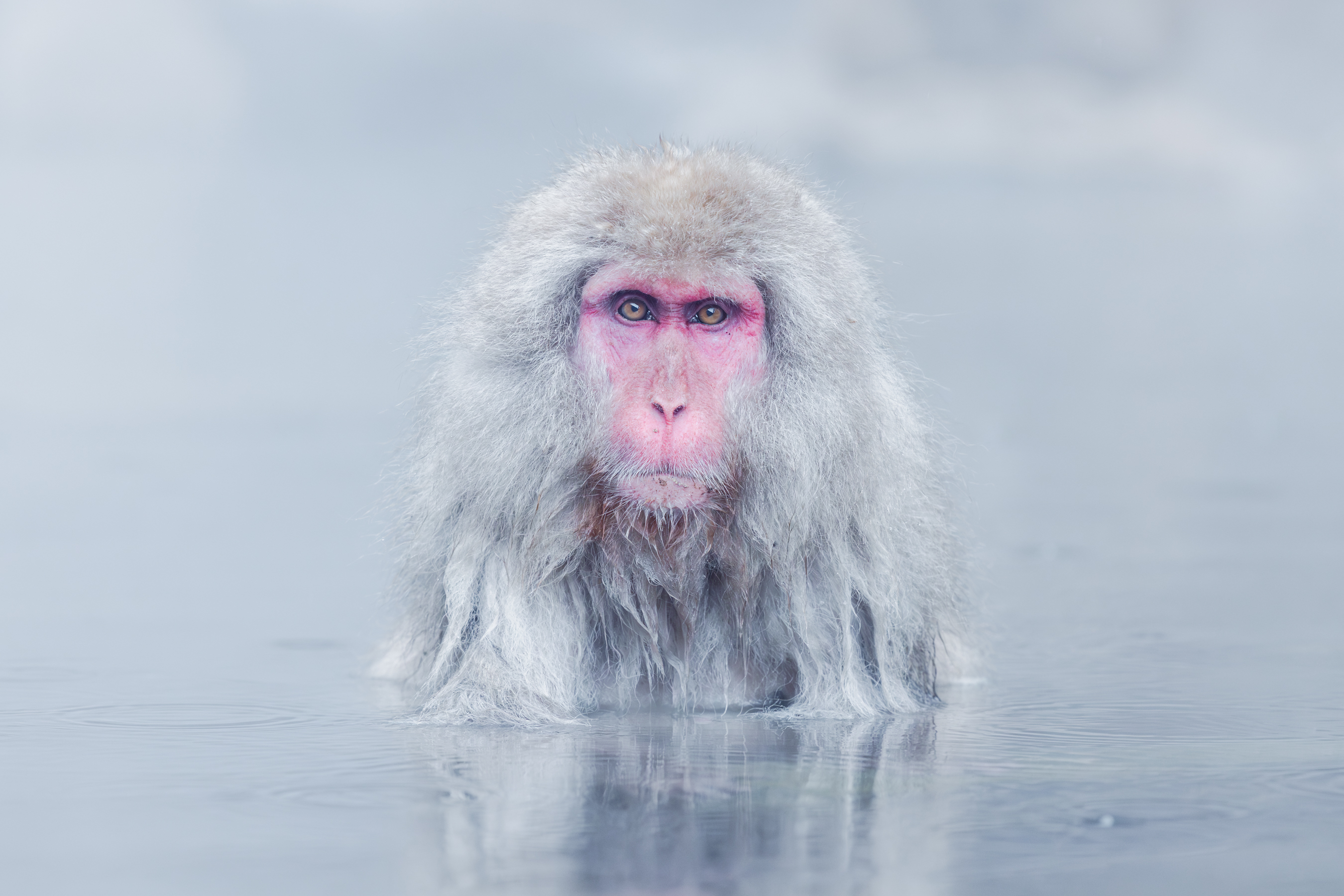


Shinto is Japan’s oldest religion, with origins dating back to the tail end of the Stone Age.
While many Japanese people do not consider themselves religious, a large percentage of the population still follows Shinto ideas today.
You don’t have to venture far in the country to find one of its 80,000 shrines. They stand tall in quiet forests, over the water along the island’s coasts, and above rice fields.
Shinto was not born from a specific founder or religious scripture—it lives within the people.
It is not a defining characteristic—it is a part of life.
Personal virtues are emphasized over strict rituals or rules. Benevolence, harmony, courage, and gratitude all support the key theme of Shinto: the concept of purity, or harae. The religion holds that humans are inherently good and should cleanse themselves of moral and spiritual impurities. Followers strive to achieve makoto no kokoro—a heart of truth.
You will see a version of this ritual at the entrance of shrines. Visitors gather at a water basin and use a wooden ladle to pour water over each of their hands. It's fitting that some of Japan’s animal residents appear to find their own quiet form of renewal in the mountains.
For centuries, monkeys have appeared in Japanese folklore with a variety of meanings. They have been used as metaphors for tricksters and the negative traits of humans, but they have also served as sacred messengers to the gods.
On this rainy morning in central Japan, I observed macaques who seemed to embody both roles.
There were the raucous individuals—screeching, pulling hair, and chasing others beside the hot springs—falling squarely into the trickster camp. But there were a few quieter, almost meditative monkeys who held eye contact with me or rested in the warm waters with their eyes softly shut.
I like to believe they were the messengers.



LIMITED EDITION
A moment captured for a life on paper.
Eric works with a renowned print studio in Brooklyn, New York, known for decades of expertise in archival pigment printing. The local lab allows for a collaborative approach, ensuring that his intended vision is expressed in the final artwork. When cared for properly, archival pigment prints can last for over a century.
Archival Pigment Prints
Modern printmaking, refined. Pigment prints utilize state-of-the-art digital technology and high-quality pigment-based inks to achieve striking reproductions. A digital image is applied directly onto the paper using precision inkjet printers, ensuring both image quality and longevity.
Vision meets the surface. Archival papers differ in weight, material, and texture. A paper is chosen to best suit the intent of the piece, from satin finishes to enhance rich shadows and colors, to handmade Japanese rice paper that offers a more textured and vintage feel.
The edition size ensures that only the number of prints indicated will ever be produced. Each print is proofed, reviewed, numbered, and signed by Eric, and includes a Certificate of Authenticity that is unique to your artwork.
Prices from $3,500 USD
16'' x 24'' / 40.6 x 61 cm
Edition of 10 + 2 AP
26'' x 39'' / 66 × 99.1 cm
Edition of 7 + 2 AP
40'' x 60'' / 101.6 x 152.4 cm
Edition of 5 + 2 AP
52'' x 78'' / 132.1 x 198.1 cm
Edition of 3 + 2 AP
8'' x 12'' / 20.3 x 30.5 cm
Edition of 5 + 2 AP
12'' x 18'' / 30.5 x 45.7 cm
Edition of 3 + 2 AP
Larger pieces available by commission

.webp)
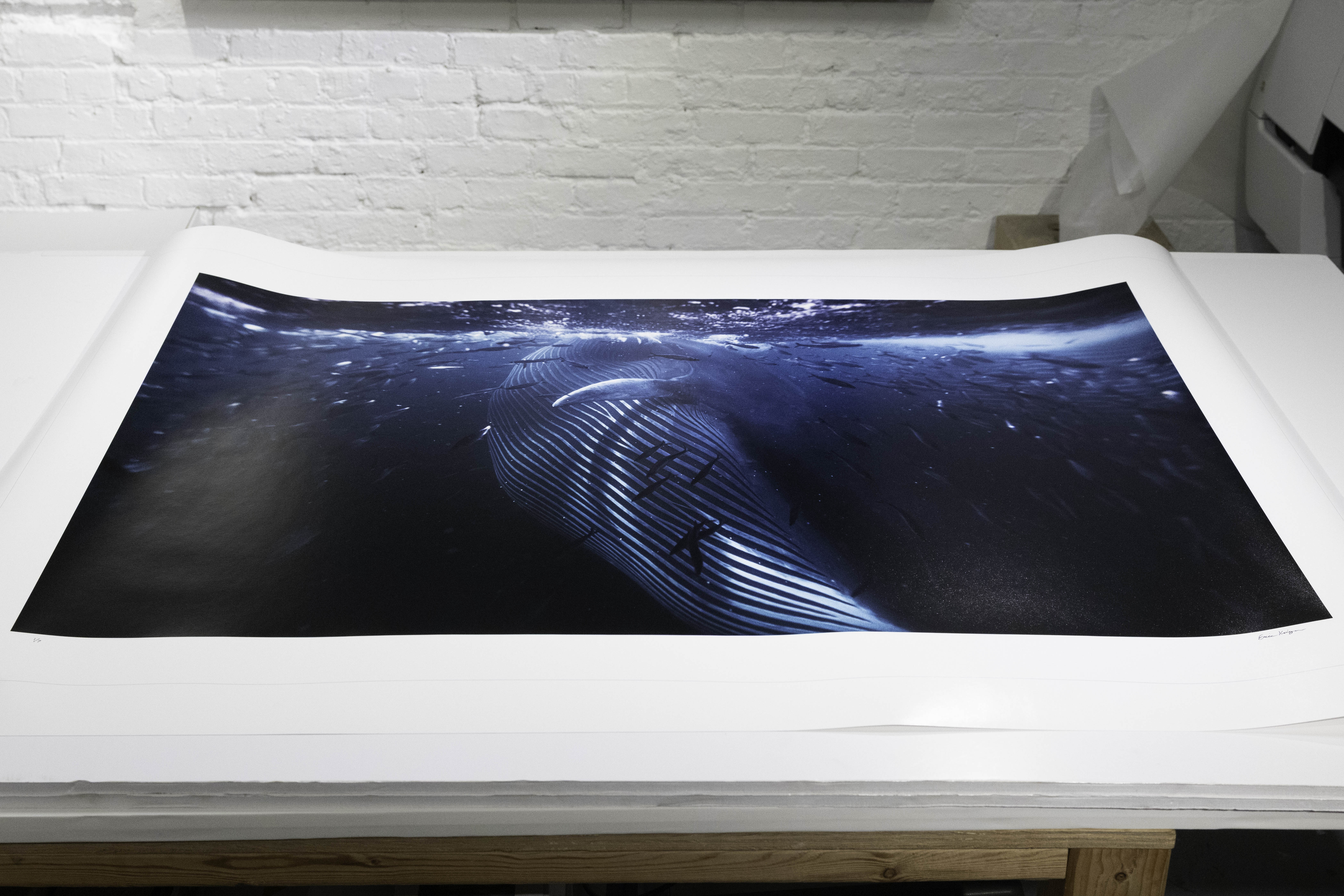
Pigment-based inks and precision digital technology achieve striking reproductions. Each print is applied directly onto archival paper using high-fidelity inkjet systems, ensuring exceptional quality and longevity.

Archival papers differ in weight, material, and texture. Each is chosen to best serve the intent of the piece—from satin finishes that enhance tonal depth, to washi papers that offers a textured, tactile feel.

Silver gelatin prints combine modern digital exposure with the same light-sensitive papers and chemical processing that have defined darkroom practice for over a century.
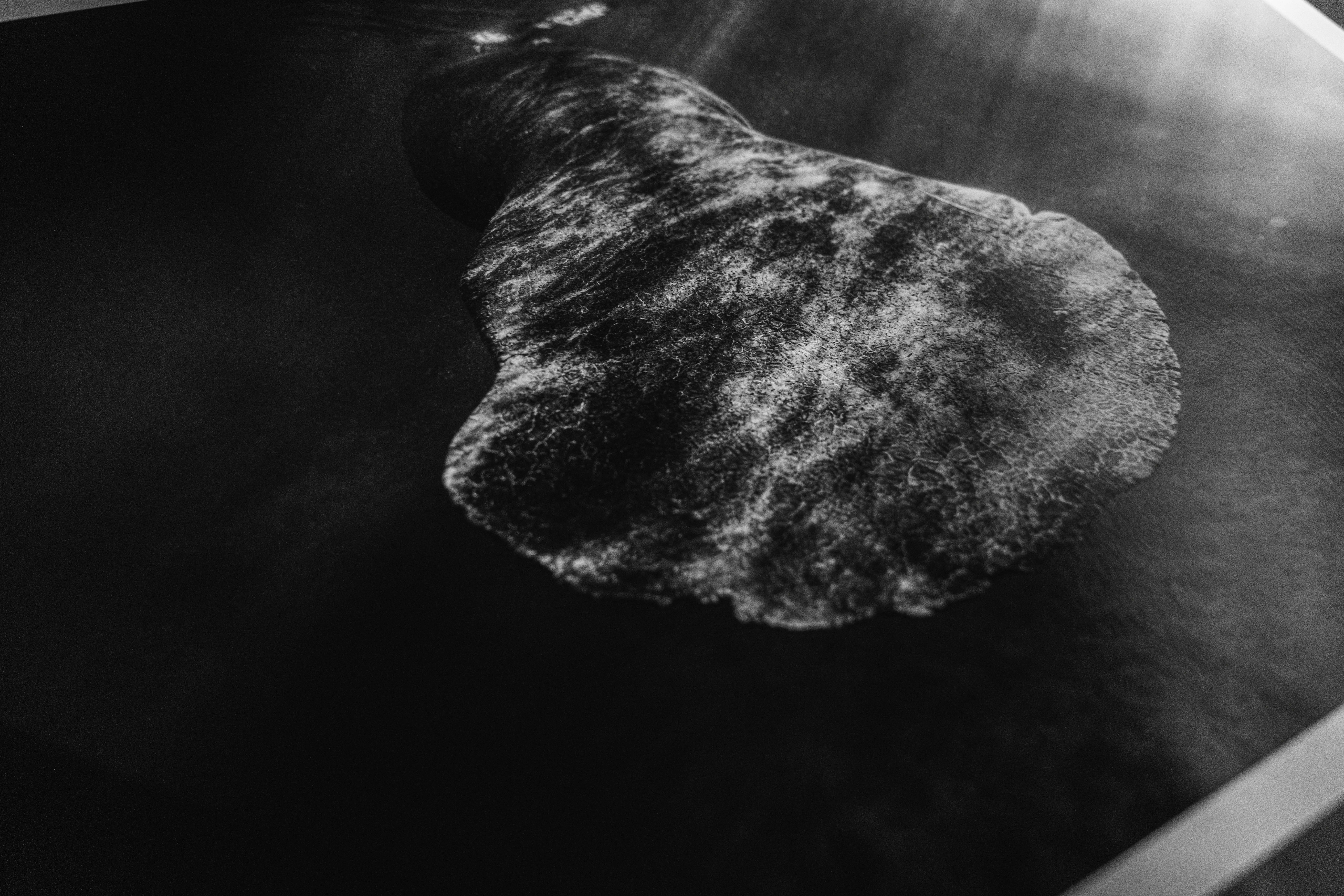
The gelatin layer renders fine detail and textures, rich blacks, and a wide tonal range, giving each print its characteristic dimensionality.
Each edition is limited to the number of prints indicated. Every work is proofed, reviewed, signed, and accompanied by a numbered Certificate of Authenticity.
A select number of Artist Proofs are reserved for the artist, family, or collectors.
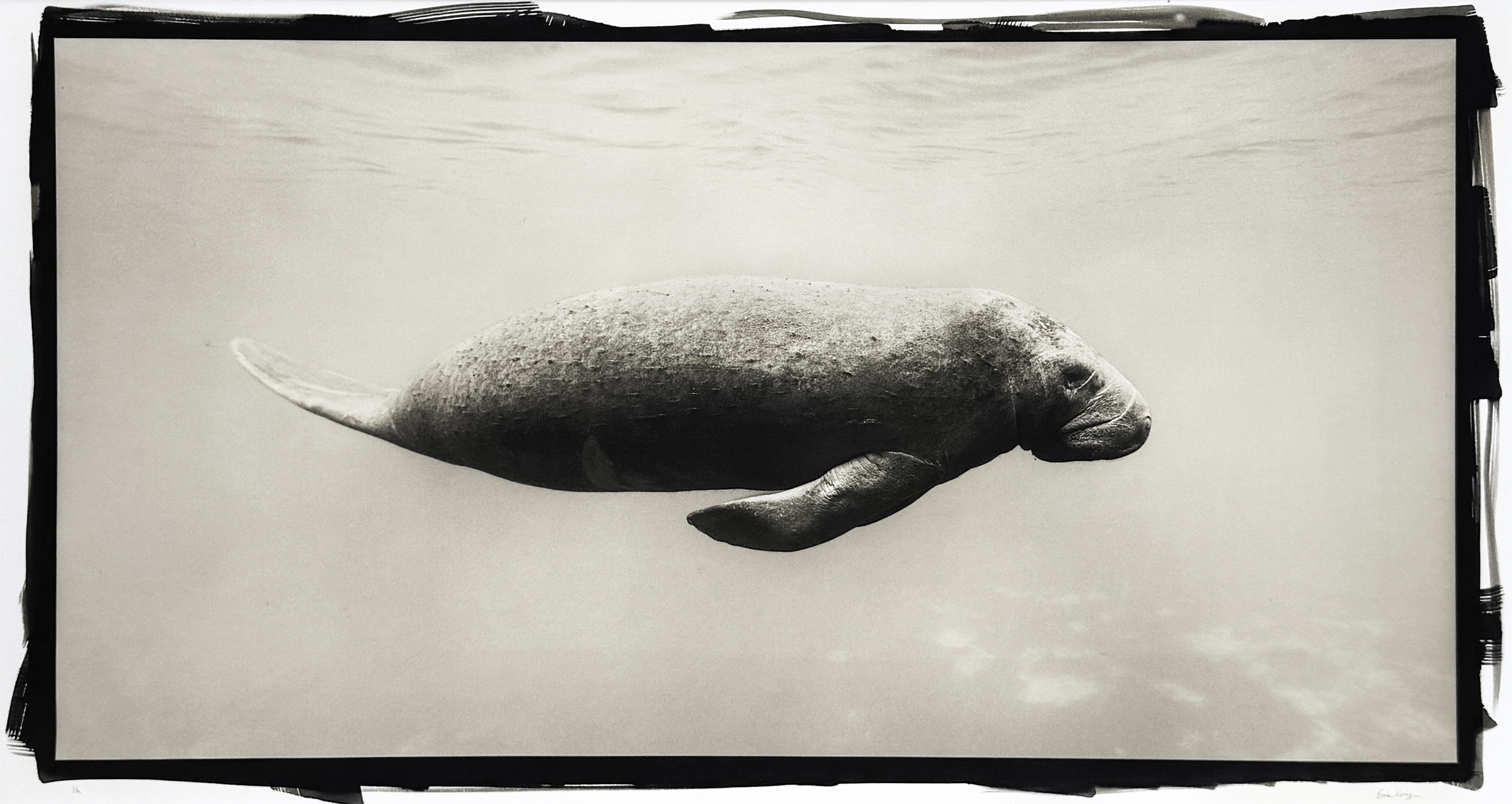

Platinum-palladium printing originated in the 19th century and remains one of the most time-honored and labor-intensive photographic processes. A digital photograph is converted into a negative, which is then used in this traditional contact method.
Each piece is prepared and produced by hand.

Platinum prints are known for their smooth tonal transitions, matte surface, and subtly warm character.
The visible brush strokes around the edges reveal the hand-coated process—no two prints will ever be the same.
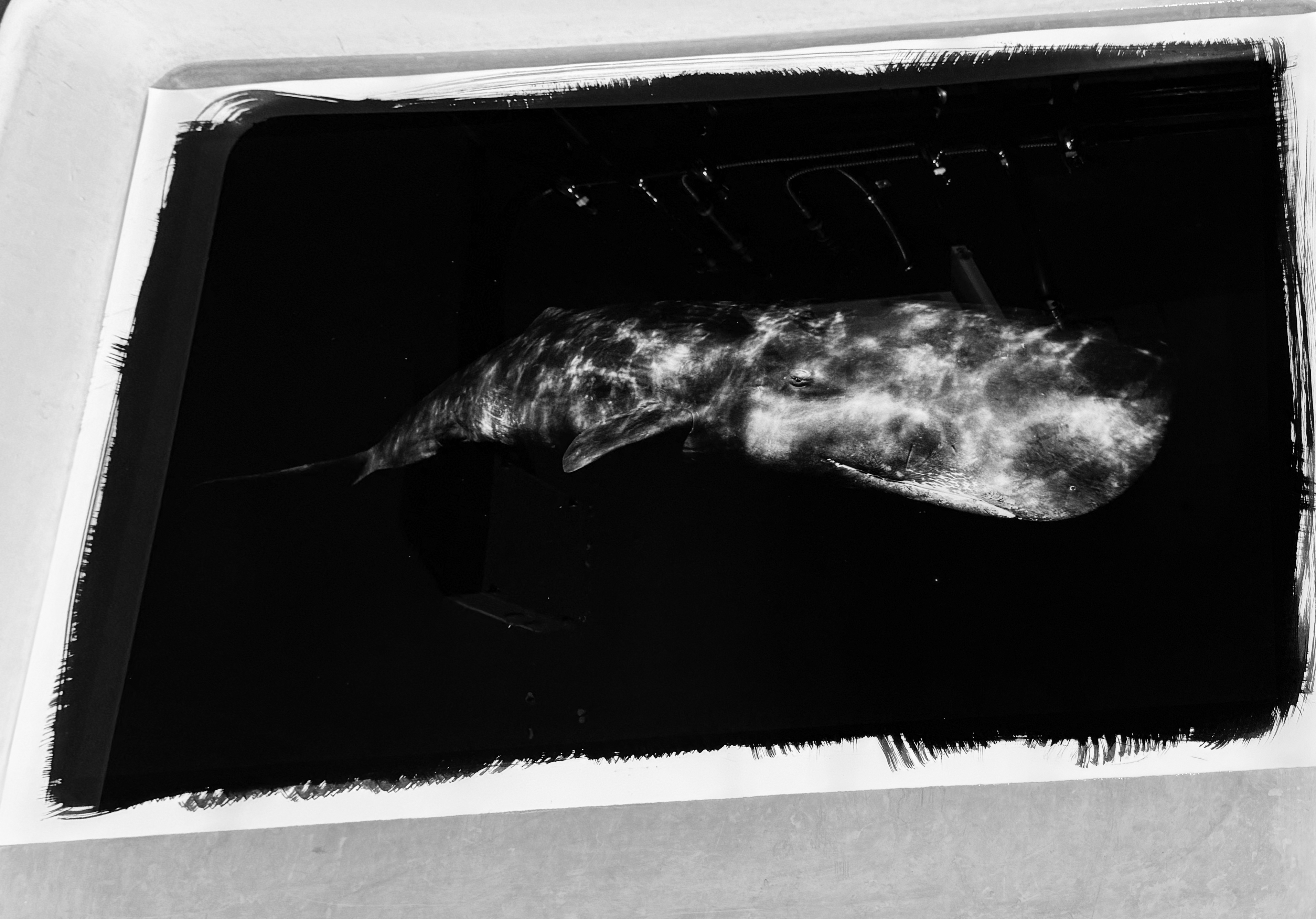
A brush-applied coating of platinum and palladium salts is exposed to ultraviolet light through a digitally produced negative. The platinum particles are activated and become physically embedded into the fibers of the paper.
The result is a print with extraordinary archival permanence measured in centuries—commonly cited at over 1,000 years.
Each edition is limited to the number of prints indicated. Every work is proofed, reviewed, signed, and accompanied by a numbered Certificate of Authenticity.
A select number of Artist Proofs are reserved for the artist, family, or collectors.
Lorem ipsum dolor sit amet, consectetur adipiscing elit, sed do eiusmod tempor incididunt ut labore et dolore magna aliqua. Ut enim ad minim veniam, quis nostrud exercitation ullamco laboris nisi ut aliquip ex ea commodo consequat. Duis aute irure dolor in reprehenderit in voluptate velit esse cillum dolore eu fugiat nulla pariatur.
Block quote
Ordered list
Unordered list
Bold text
Emphasis
Superscript
Subscript
Lorem ipsum dolor sit amet, consectetur adipiscing elit, sed do eiusmod tempor incididunt ut labore et dolore magna aliqua. Ut enim ad minim veniam, quis nostrud exercitation ullamco laboris nisi ut aliquip ex ea commodo consequat. Duis aute irure dolor in reprehenderit in voluptate velit esse cillum dolore eu fugiat nulla pariatur.
Block quote
Ordered list
Unordered list
Bold text
Emphasis
Superscript
Subscript